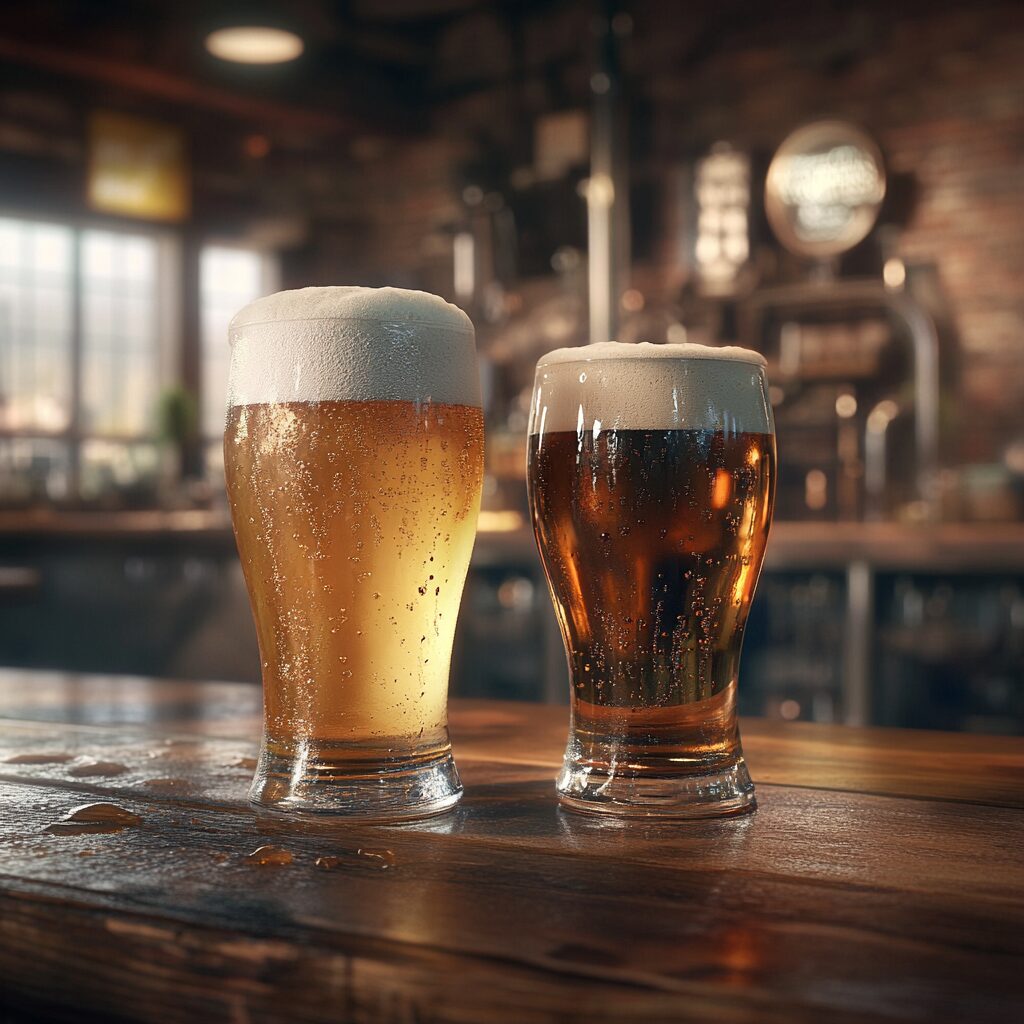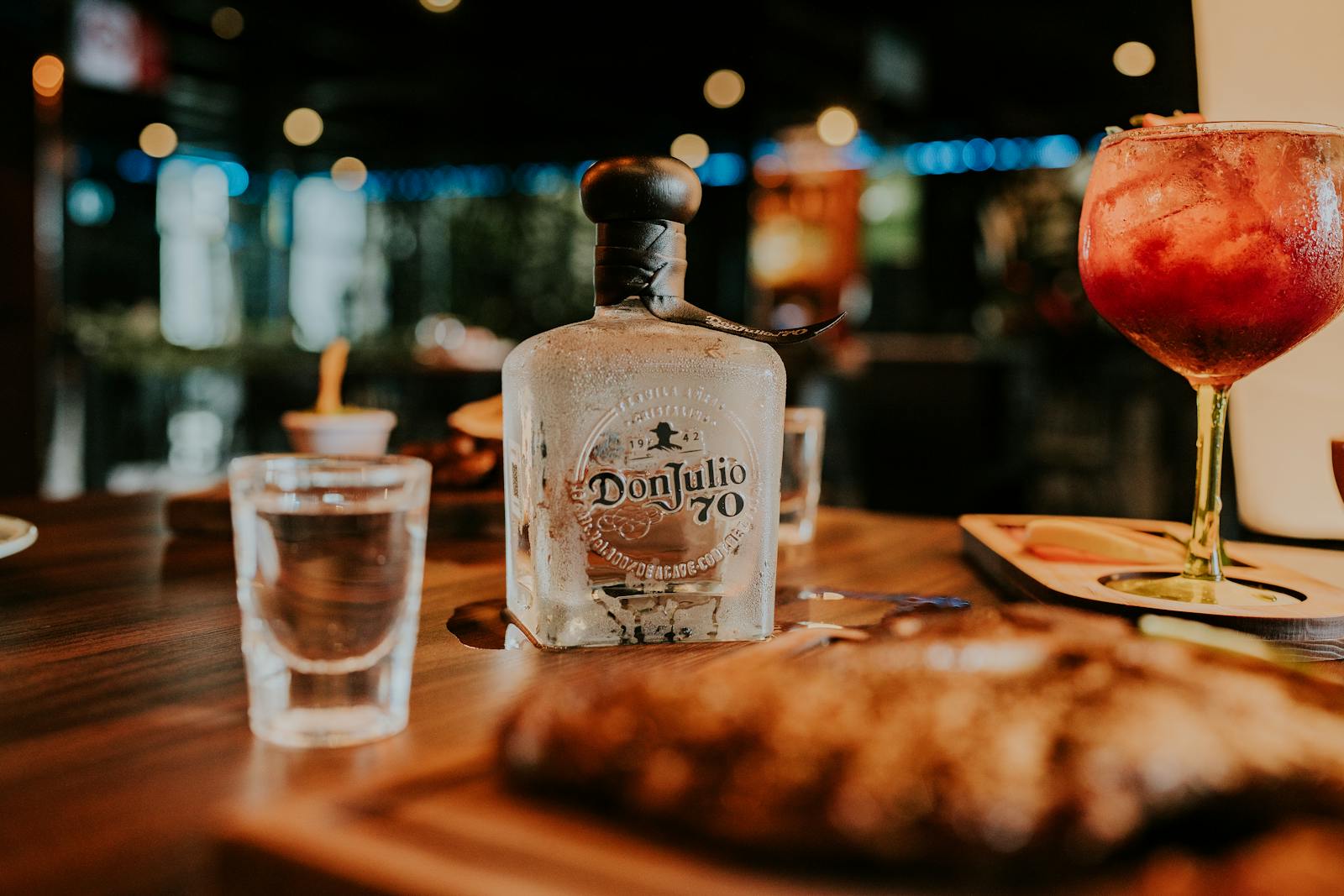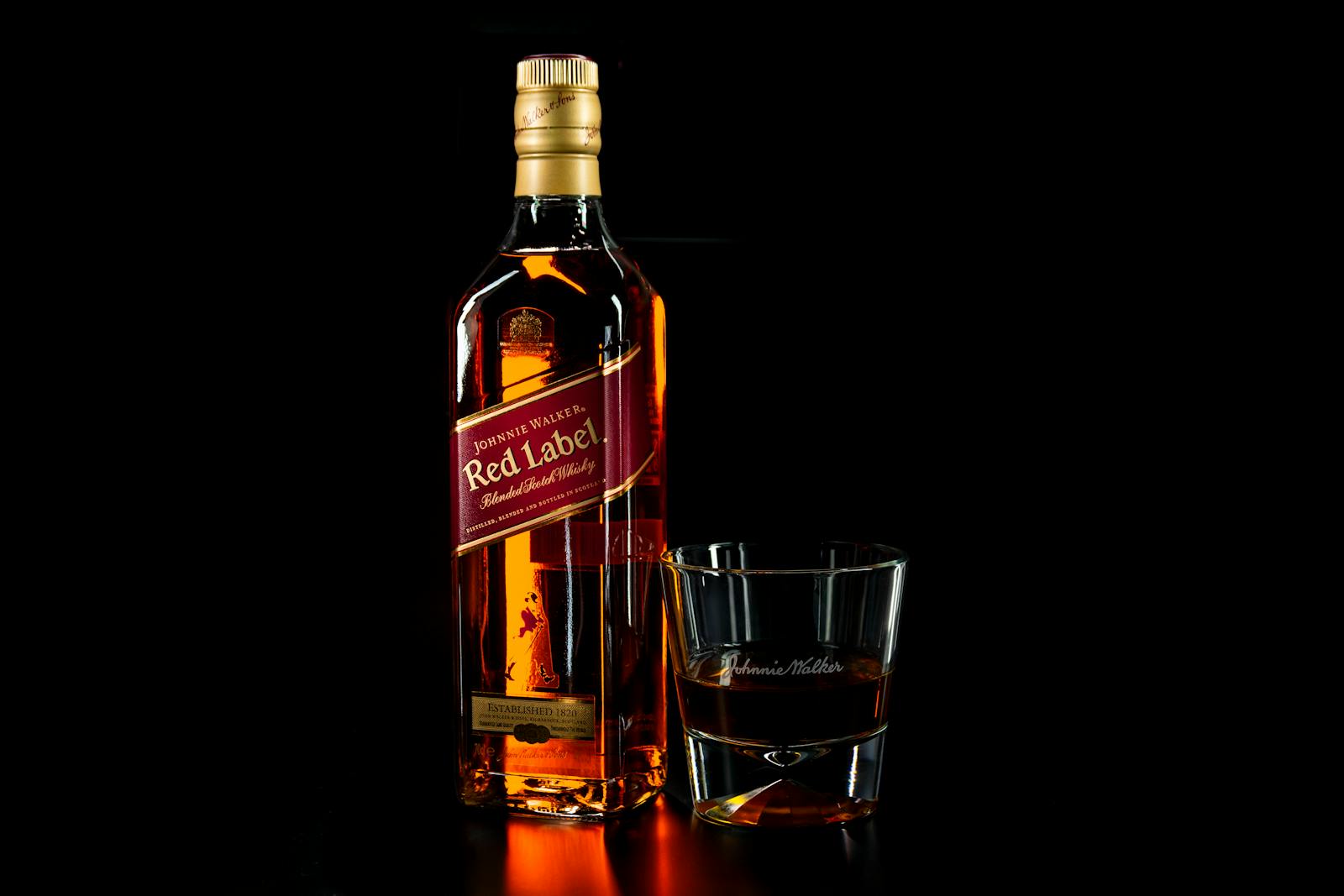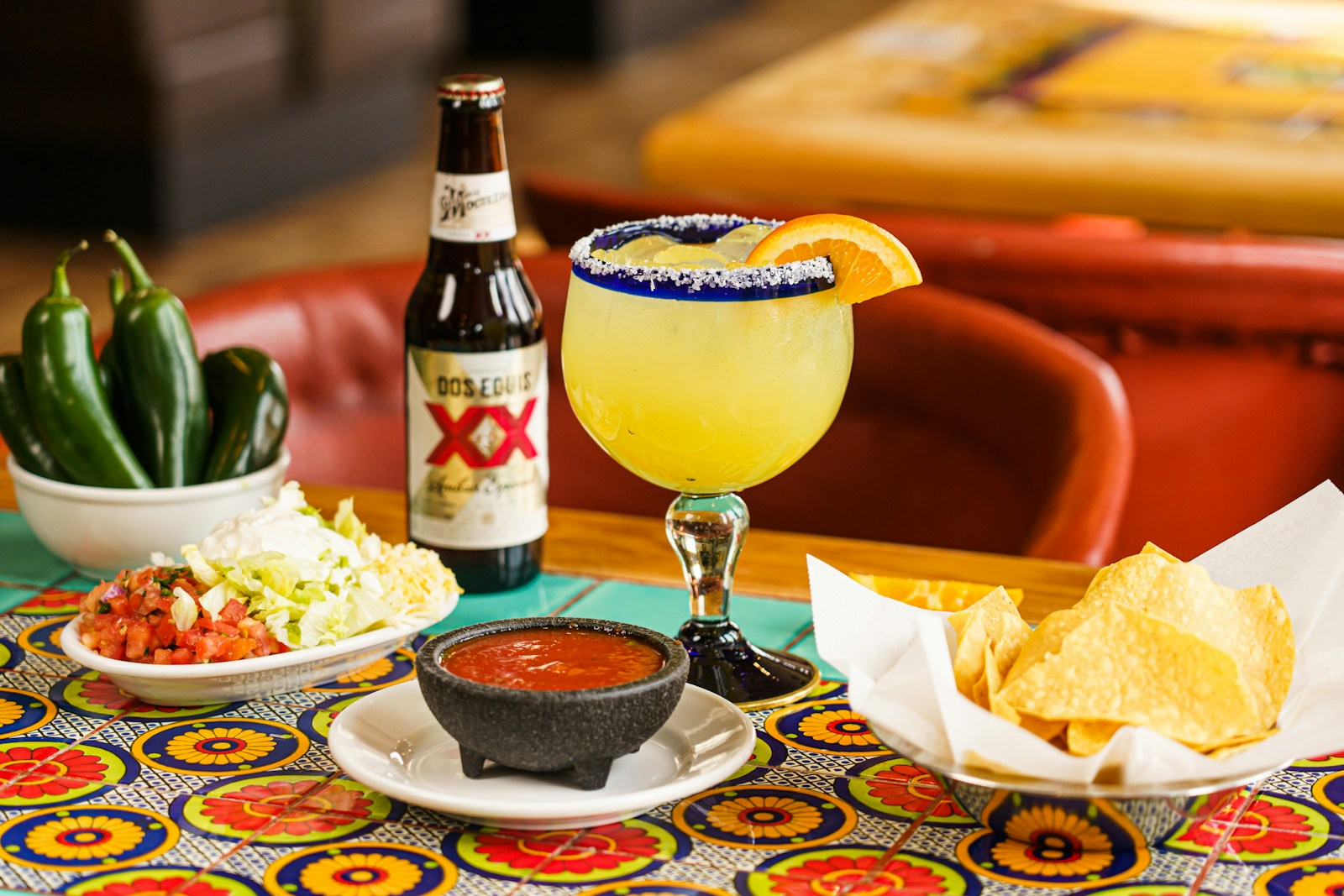Understanding Beer Fermentation
Alright, let’s chat about one of my favorite pastimes – craft beer. Now, if you’re gonna dive into this whole beer saga, getting a grip on the fermentation bit is non-negotiable. It’s kinda where the magic starts bubbling up (literally). So, what’s the big secret between ales and lagers? It all boils down (pun intended) to how and where they get fermented, and that squishy little party animal called yeast is crashing.
Ale vs. Lager Fermentation
Here’s the scoop – ales and lagers aren’t just different flavors; they’re practically opposites when it comes to their happy place, or should I say, their brew temp. Ales kick it at warmer temps, hanging out roughly between 60–75°F (16–24°C). Meanwhile, lagers are the real chill pals, fermenting at a cool 45–55°F (7–13°C). This whole temperature thing? It’s a big deal, flavor-wise.
Historically, the Pilsner style from the 1800s made lagers the cool kids on the block, since before then, ales owned the scene. Enter: refrigerator! With this brilliance, brewers started controlling temps, making lagers more common, like when everyone discovered avocados could go on toast (Tapville Social).
Yeast Role in Ale and Lager
So, what’s really working behind the scenes? Yeast. Yep, those little critters are superstars. Ales get buddy-buddy with ale yeast, while lagers dance with lager yeast. And this ain’t just science talk, folks; each yeast type does its ferment thing in its own style.
To break it down further, I’ve got a nifty table that lays out yeast types, fermentation hangout temps, and resulting flavors. Peep this:
| Yeast Type | Fermentation Temperature | Beer Style | Flavor Profiles |
|---|---|---|---|
| Ale Yeast | 60–75°F (16–24°C) | Ales | Fruity, bold vibes |
| Lager Yeast | 45–55°F (7–13°C) | Lagers | Clean, crisp sips |
Thanks to modern brewing know-how, particularly with these yeast strains, our beer world is pretty much like a Spotify playlist on shuffle – something for every mood. And get this, some lager yeasts can even groove at ale temps, which kinda blurs the beer boundaries (Firestone Walker Brewing Company).
Learning about these fermentation quirks just adds another layer of appreciation for me in the whole craft beer universe, not to mention settling my inner debate about whether craft beer is a lager or ale. And if you’re curious about craft beer styles, why not hop over to what is considered a craft beer? for a deeper dive into the world of hops, barley, and beer dreams.
Exploring Ale and Lager Differences
Let’s talk beer, shall we? Getting to know the details between ales and lagers opens up a new world of craft brew appreciation for me. They’ve each got their own thing going on with their unique flavors and production quirks.
Ale Characteristics and Production
Ales and their magical world start with top-fermenting yeast doing its thing at warmer temps, usually between a cozy 60˚ to 70˚F. This fermentation party happens quicker than a Netflix binge, cranking out those fruity, complex flavors that ales are famous for. With just 3 to 5 weeks until these brews are ready to rock, ales are like the playground for brewers looking to mix things up (Tapville Social).
Here’s a cheat sheet on what makes ales tick:
| Thing to Know | What’s the Deal |
|---|---|
| Fermentation Temp | 60˚–70˚F |
| Yeast Squad | Top-fermenting yeast |
| Time to Drink | 3-5 weeks |
| Flavor Vibes | Fruity, complex |
| Usual Suspects | Pale Ale, Stout, IPA |
With the speed at which ales come to life, brewers get to flex their creative muscles, creating a rainbow of tasty pint options.
Lager Characteristics and Production
Lagers are the cool kids, literally, chilling out with bottom-fermenting yeast and cooler temperatures, clocking in between 35˚ and 50˚F. This chill fermentation is like the zen master of beer-making, delivering a clean, crisp taste that’s smooth like a well-rehearsed pick-up line. But patience, my friend, is key—lagers take 6 to 8 weeks to rock your taste buds, requiring some serious TLC.
Check out what makes lagers stand out:
| Thing to Know | What’s the Deal |
|---|---|
| Fermentation Temp | 35˚–50˚F |
| Yeast Squad | Bottom-fermenting yeast |
| Time to Drink | 6-8 weeks |
| Flavor Vibes | Clean, crisp |
| Usual Suspects | Pilsner, Bock, Märzen |
Even crafty brewers play the lager game sometimes, though the quick-and-easy appeal of ales can make lagers a rarer find in the craft realm.
Learning about these brew beauties helps me savor their unique flair. Whether I’m grabbing an ale or a lager, knowing what goes into the process just adds another layer of appreciation. Curious for more? Dive into topics like what is considered a craft beer? or explore if legends like is Guinness a craft beer? count as craft.
Affiliate Disclosure: This post may contain affiliate links. If you click and purchase through one of these links, we may receive a small commission at no extra cost to you. Thank you for your support!




